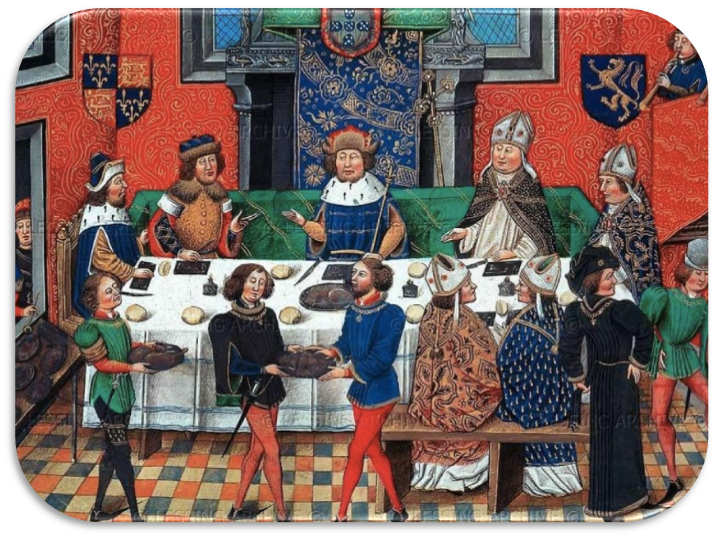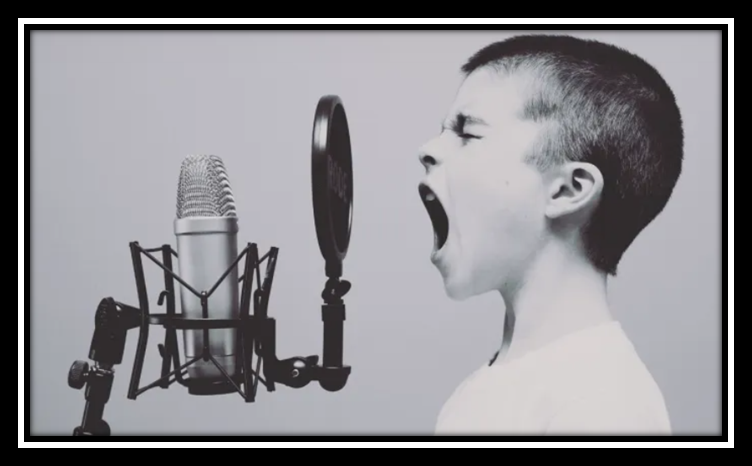Learn the best Chinese courses and experience the comparison of table manners between China and the West. China has had “food etiquette” since ancient times, and later “food etiquette” expanded from communication between humans and gods to interpersonal communication in order to regulate increasingly complex social relationships.

The Origin of Western Table Etiquette
Western table etiquette originated from the Merovinga dynasty in France, which formulated a series of detailed etiquette.
To this day, table manners continue to be passed down in European countries. Western families have a tradition of treating dining tables as classrooms. From the first day a child goes to the dining table, parents cultivate table etiquette.
In the West, children generally learn all the etiquette of dining by the age of four. Five year old children are happy to do things they can, such as setting all the utensils before meals and cleaning them up after meals.
Differences in dietary culture
China has always been a country of etiquette and etiquette, and has its own unique views on food.
When entertaining guests, Chinese hosts usually attach great importance to the dishes on the table, which are usually very exquisite and precious.
They also pay attention to the combination of meat and vegetables, color matching, and in families with high status or cultural level, even the naming of dishes has special meanings.
Western countries, on the other hand, value time more and prioritize efficiency in their work, which is why fast food restaurants are popular. Even when entertaining guests, the host’s preparation is very different from that of China. The main dish is likely to be a few rare but precious vegetables.
At the same time, Chinese hosts will occasionally add cloth and new dishes to their guests’ bowls. Often, the guests’ bowls are filled with the dishes they bring, but in the West, this is very impolite behavior. The host’s cloth and dishes can make the guests feel that their wishes are not respected.
The atmosphere on the dining table is also completely different from that of the West. Chinese people value liveliness, so they often talk loudly at the table. Although the atmosphere is very harmonious and enjoyable, it is considered very uncivilized by Westerners.
Western table etiquette emphasizes etiquette and manners, and the entire dining process should be very quiet and elegant.

For example, in the United States, many people have a habit of rotating the plates of food placed on the dining table and using hairpins or spoons to take them into their own plates for consumption.
If you have eaten all your food and the food you want to take is far away from others, you cannot take it without authorization. You should ask the person to pass the plate over before taking it.
Both China and the West attach great importance to the seating arrangement during banquet activities, and Chinese people have a great fondness for the Eight Immortals Table in traditional thinking.
During the banquet, elderly people or hosts, as well as highly respected individuals, take the main seats, while other guests take their seats in order; In Western countries, when entertaining guests, it is customary to use a long table. The host will sit at both ends of the table, while the guests will take their seats in order.
This difference reflects the differences in thinking between China and the West. Chinese people like the feeling of happiness and completeness, so they choose circular tables. In the adoption of table shapes, it can be seen that Westerners advocate for themselves, with a bold personality that aligns with Western characteristics.
For example, on an Italian dining table, the most respected person should be at the center of the table, which is different from British dining etiquette. The most important guest should be sitting on the right side of the host.
When Americans eat, if the dining table is rectangular, one end of the table facing the door is the male host’s seat, and the other end is the female host’s seat. You should take your seat after the host and hostess have taken their seats.
In Spain, one must obey the host’s arrangement of tables and seats. If the person sitting next to you is a woman, be sure to assist the other person in taking the seat first and try to talk to the person at the same table (especially the person sitting next to you) as much as possible.
In Western cuisine, the napkin is placed on the plate. If something needs to be placed on the plate before guests sit down, the napkin is placed next to the plate.
The use of tableware should be from the outside to the inside, and the French way of cutting can be used, that is, holding a fork in the left hand and a knife in the right hand, cutting while using it. It can also be used in English and American style, which means holding a knife with the right hand and a fork with the left hand. After cutting, use the right hand to hold the fork and use it.
Generally, use your right hand to hold a spoon and cup and use cutlery to deliver food to your mouth, rather than lifting dishes and bowls. When eating with a knife and fork, the knife is used to cut food and the fork is used to deliver food to the mouth.
When using a knife, the blade should not be outward, and one end of the knife and fork should not be placed on a plate, while the other end should not be placed on the table; When it is necessary to temporarily put down the knives and forks during meals, they should be placed in an octagonal shape and placed separately on the edge of the dining plate, with the blade facing towards oneself, indicating that one needs to continue eating.
After the meal is over, place the back of the fork upwards, the blade inward and close to the fork, and place it flat on the dining plate to indicate the end of the meal. When using body language or passing food during conversation, the knife and fork should be put down and not waved in the air.
After using the knife and fork, it should be placed horizontally in the center of the dining plate, not on the edge or table.
Singaporeans who pause the use of knives and hairpins before finishing their meal should place them with the blade facing inward and the back of the hairpin facing upwards to indicate that they still need to use them.
Otherwise, others or waiters may mistakenly assume that you have finished eating and take away your tableware. When leaving the table after eating, the seat should be returned to its original position.
As the saying goes, “Food is the top priority for the people Understanding table etiquette in various countries and learning the best Chinese courses can help us avoid embarrassment in future cross-cultural communication and successfully achieve the goal of ‘eating the world without fear’!
Learning the best Chinese courses and understanding social etiquette in different countries is very helpful for us. Interested children can try more~Welcome to inquire and learn more.
